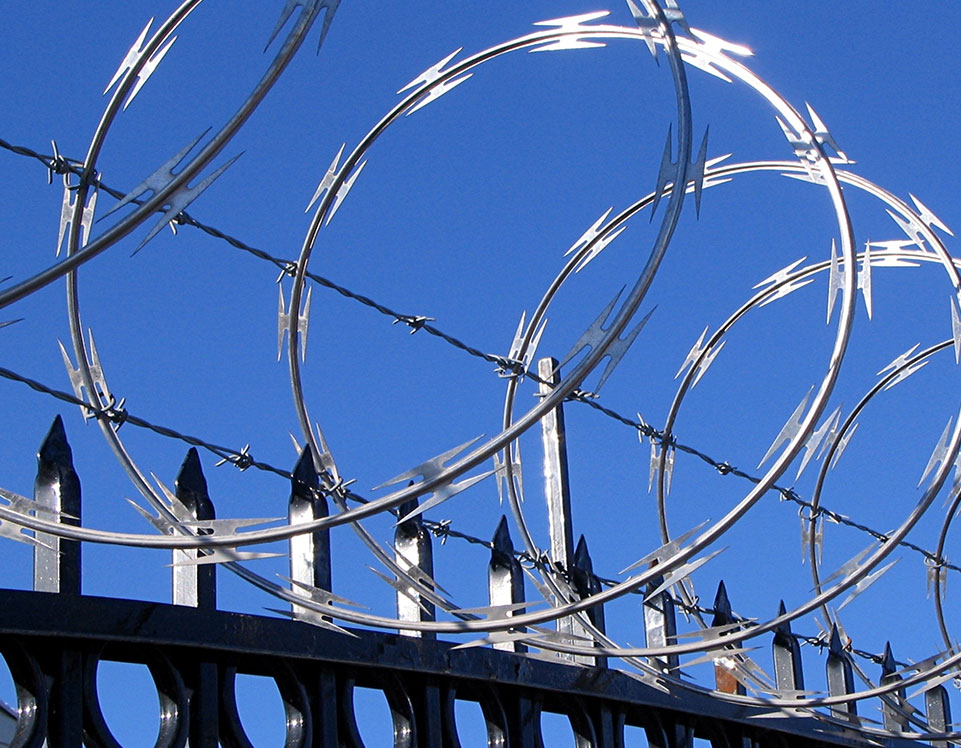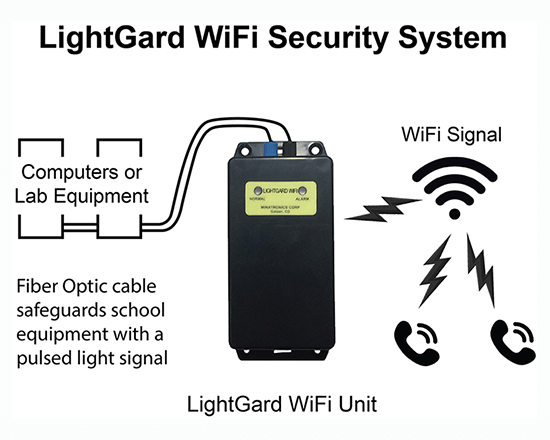A Complete Overview to Fiber Optics Infrastructure for Security Installations
Wiki Article
Why Fiber Optic Security Systems Are the Future of Security
The shift to fiber optic safety systems notes a significant improvement in the world of defense, driven by their outstanding data transmission abilities and resilience to outside interferences. These systems not only assist in faster and more dependable interaction but likewise offer a cost-effective service with decreased maintenance demands. As the landscape of safety evolves along with emerging modern technologies such as AI and IoT, the possibility for optical fiber to improve and redefine security frameworks comes to be significantly apparent. The ramifications of these innovations elevate crucial concerns concerning the future of safety and security actions and their efficiency in an ever-changing environment.Benefits of Fiber Optic Solutions
One of the main benefits of fiber optic systems is their superior bandwidth capacity, which helps with the transmission of huge quantities of data over fars away without considerable loss. This characteristic is specifically advantageous for safety applications that call for the continual surveillance and transfer of high-definition video clip feeds, sensor data, and other crucial information. Optical fiber can fit the growing needs of contemporary security systems, guaranteeing that information continues to be intact and trustworthy.Furthermore, fiber optic cords are less prone to electro-magnetic disturbance, which can be a substantial issue in atmospheres with various digital gadgets. This resistance boosts the stability of the information being transferred, therefore lessening the danger of information breaches or system failures. Additionally, fiber optic systems are inherently extra protected than conventional copper cables, as taking advantage of a fiber optic line without discovery is exceptionally tough.
The sturdiness of fiber optic cable televisions additionally contributes to their charm. They are immune to environmental elements such as moisture and temperature level variations, lowering maintenance prices and raising system longevity. Generally, these advantages setting fiber optic systems as a robust and reliable option for modern security facilities, making sure dependable and safe and secure data transmission.
Enhanced Data Transmission Rate

The capacity to send huge amounts of data swiftly helps with the smooth combination of high-def video feeds and advanced analytics. Security systems can currently refine and analyze information in real-time, enhancing action times and situational recognition. In addition, fiber optic links support longer transmission ranges without degradation of signal quality, making them ideal for expansive security networks.
The raised speed of fiber optic systems not only enhances the efficiency of safety procedures yet also decreases latency. This is particularly crucial in critical scenarios where prompt decision-making can prevent security violations or alleviate prospective dangers. As organizations continue to prioritize security and effectiveness, the demand for rapid and trustworthy information transmission will unquestionably strengthen fiber optic systems as a keystone of modern-day protection facilities.
Resistance to Interference
Fiber optic safety systems continually demonstrate exceptional resistance to electromagnetic disturbance, an essential advantage in environments susceptible to digital sound. Unlike typical copper wires, which can be negatively affected by magnetic fields, radio regularity interference, and various other forms of electric disturbance, fiber optic wires make use of light to transmit information. This integral residential or commercial property ensures that the signals stay clear and unaltered, no matter surrounding digital activity.Making use of glass or plastic fibers in fiber optic technology creates a barrier versus interference, permitting dependable information transmission even in challenging circumstances such as industrial facilities, city locations with high electronic web traffic, or places near radio towers. This particular dramatically reduces the possibility of signal degradation or loss, making fiber optic systems specifically appropriate for protection applications where honesty and precision of data are extremely important.
Moreover, this resistance to interference improves the overall efficiency and dependability of security systems, making certain that tracking and alert systems function seamlessly. In a globe where safety is progressively endangered by sophisticated modern technologies, the resilience of fiber optic systems attracts attention as a critical attribute, reinforcing their standing as an essential part of modern-day safety framework.
Cost-Effectiveness Over Time
Significant cost savings can be achieved gradually with the application of fiber optic safety systems. While the first financial investment may appear greater contrasted to standard copper-based systems, the long-lasting financial advantages end up being apparent via lowered operational and upkeep prices (fiber security). Fiber optic cable televisions are inherently extra durable and less vulnerable to ecological factors, which equates to decrease replacement and repair service expenses over their life-spanFurthermore, fiber optic systems require much less power to operate, which even more decreases power costs. Enhanced information transmission capacities permit fewer repeaters and amplifiers, fiber optic security system reducing equipment investment and enhancing setup procedures. The scalability of these systems additionally adds to cost-effectiveness, as organizations can increase their protection infrastructure without incurring significant extra expenses.
One more factor to think about is the raised performance in monitoring and response capabilities that optical fiber offer. Improved real-time data transmission can result in quicker incident action times, possibly mitigating losses and obligations related to security breaches. Altogether, the long-lasting benefits of fiber optic security systems not just validate the first expense however additionally position them as a monetarily prudent option for companies seeking durable protection services.

Future Developments in Safety And Security
Progressing modern technologies are set to revolutionize safety systems, incorporating expert system (AI) and device knowing to improve risk discovery and action capacities. These developments will permit safety systems to assess vast quantities of information in real-time, recognizing patterns and anomalies that suggest potential dangers. This aggressive technique will certainly allow quicker decision-making and more effective incident reactions.Additionally, the incorporation of the Internet of Things (IoT) is leading the way for interconnected safety and security devices, using detailed monitoring and tracking. Smart sensors can communicate info concerning environmental modifications, while automated notifies can notify safety workers right away of dubious tasks.
In addition, the advancement of biometric modern technologies will additionally reinforce protection devices. Face acknowledgment, fingerprint scanning, and retina recognition are ending up being much more advanced, offering layers of authentication that are hard to bypass.
Final Thought
Finally, fiber optic security systems represent a substantial advancement in protection modern technology, supplying unmatched information transmission speed, resistance to electro-magnetic disturbance, and long-lasting cost-effectiveness. As the need for innovative protection remedies continues to expand, the integration of optical fiber with arising technologies such as AI, IoT, and biometrics will certainly better boost safety frameworks (fiber security). The combination of these developments will make certain an extra safe and responsive setting, solidifying fiber optics as a keystone of future safety and security systemsReport this wiki page